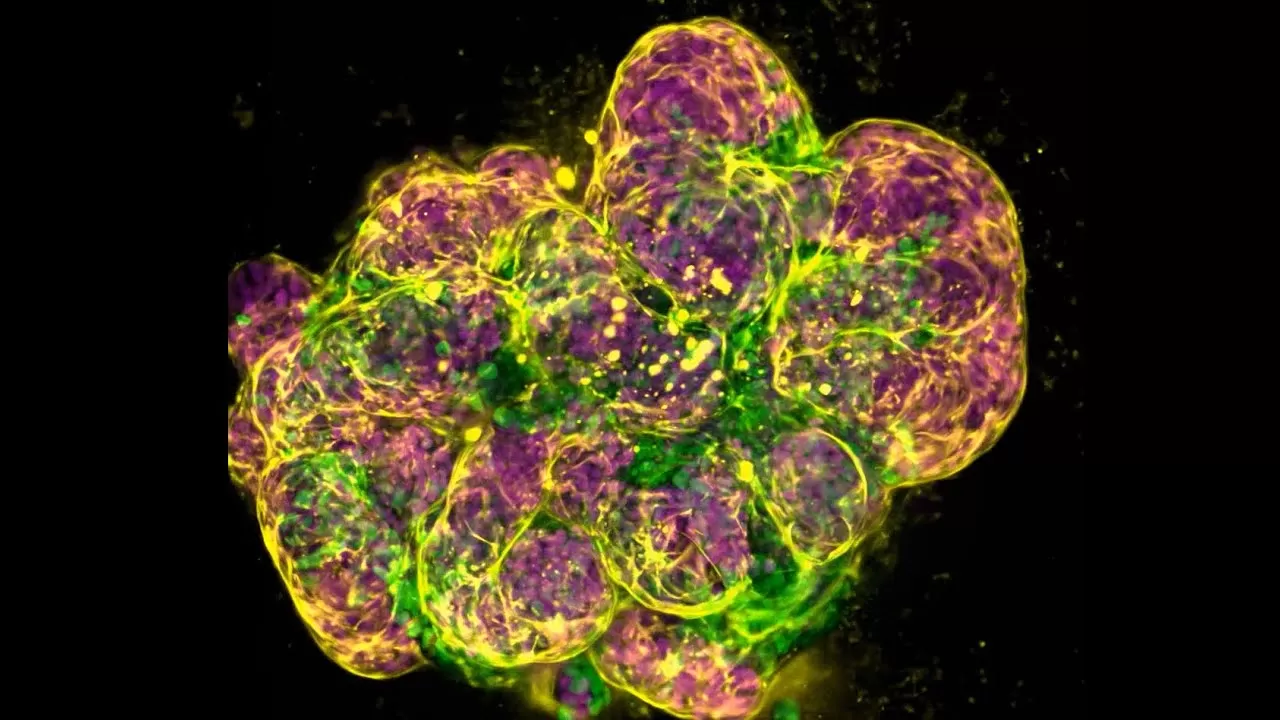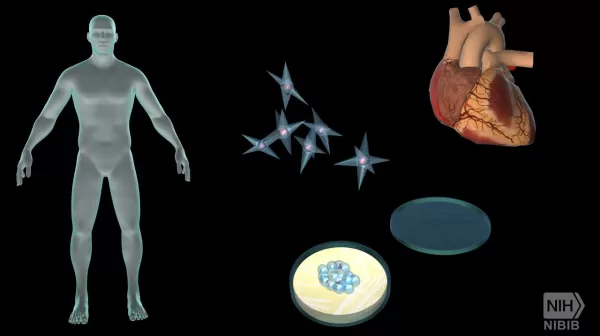WHO GRS Info
This app was created by WHO to allow readers to explore and interact with the data from the 4th Global status report on road safety, published by WHO in 2018. Through this app you can quickly access the report’s key messages, run queries, compare countries and search words within the full text of the report. All of the information held in this App can be found in the PDF and print version of the WHO’s Global status report on road safety 2018.
- Read more about WHO GRS Info
- Log in to post comments
- 10 views
















